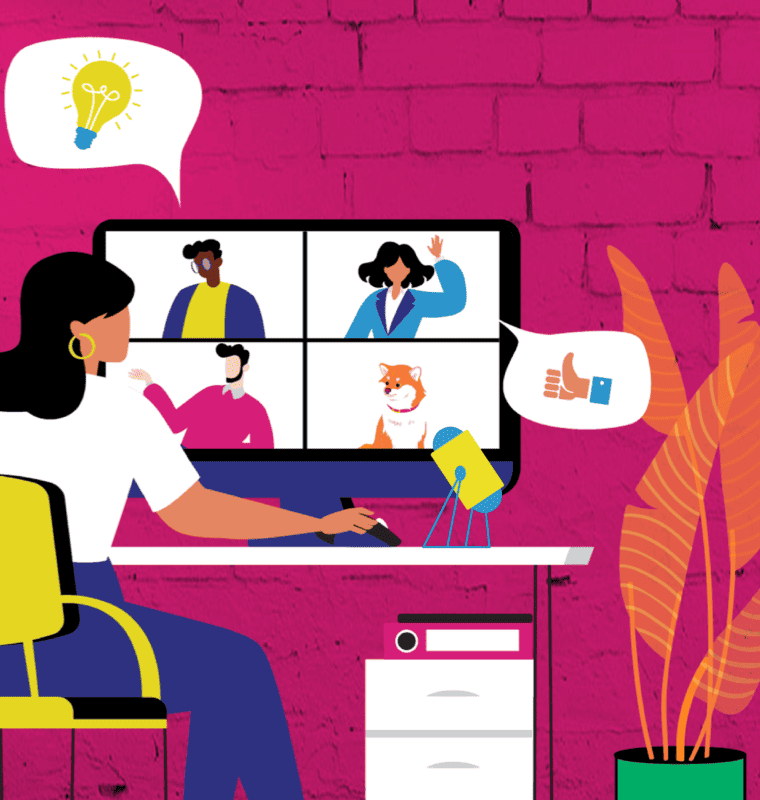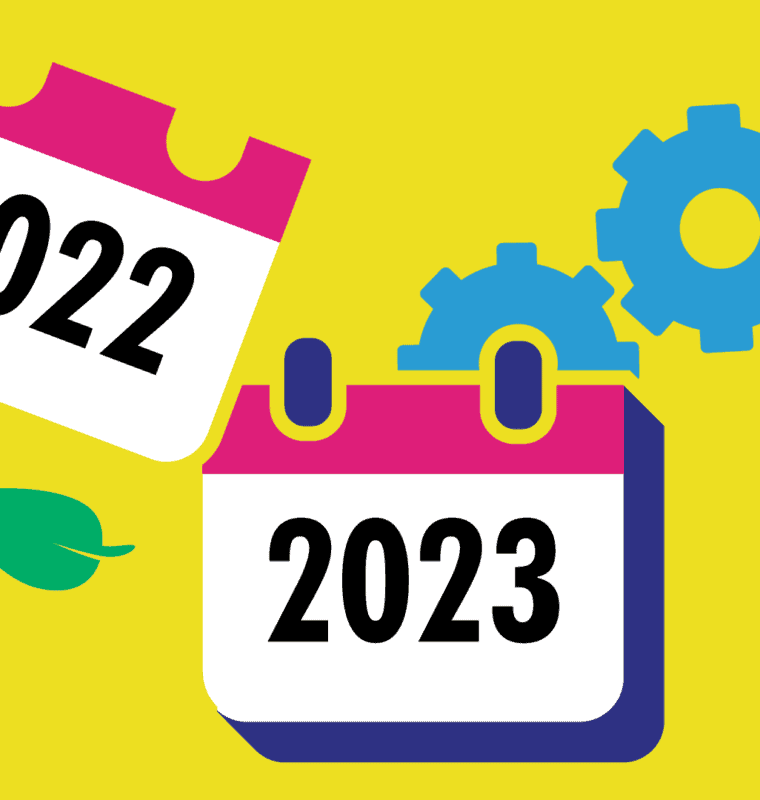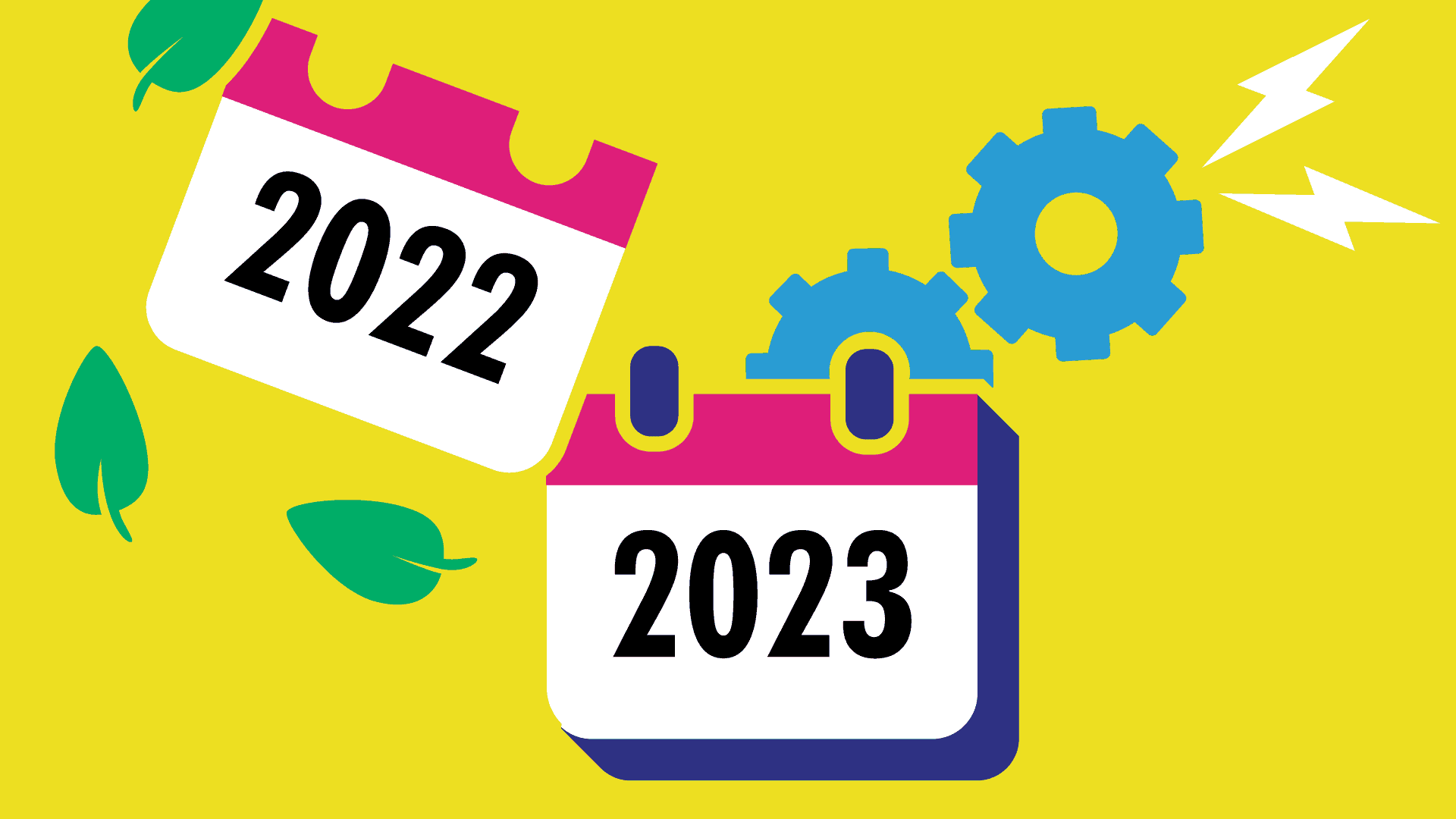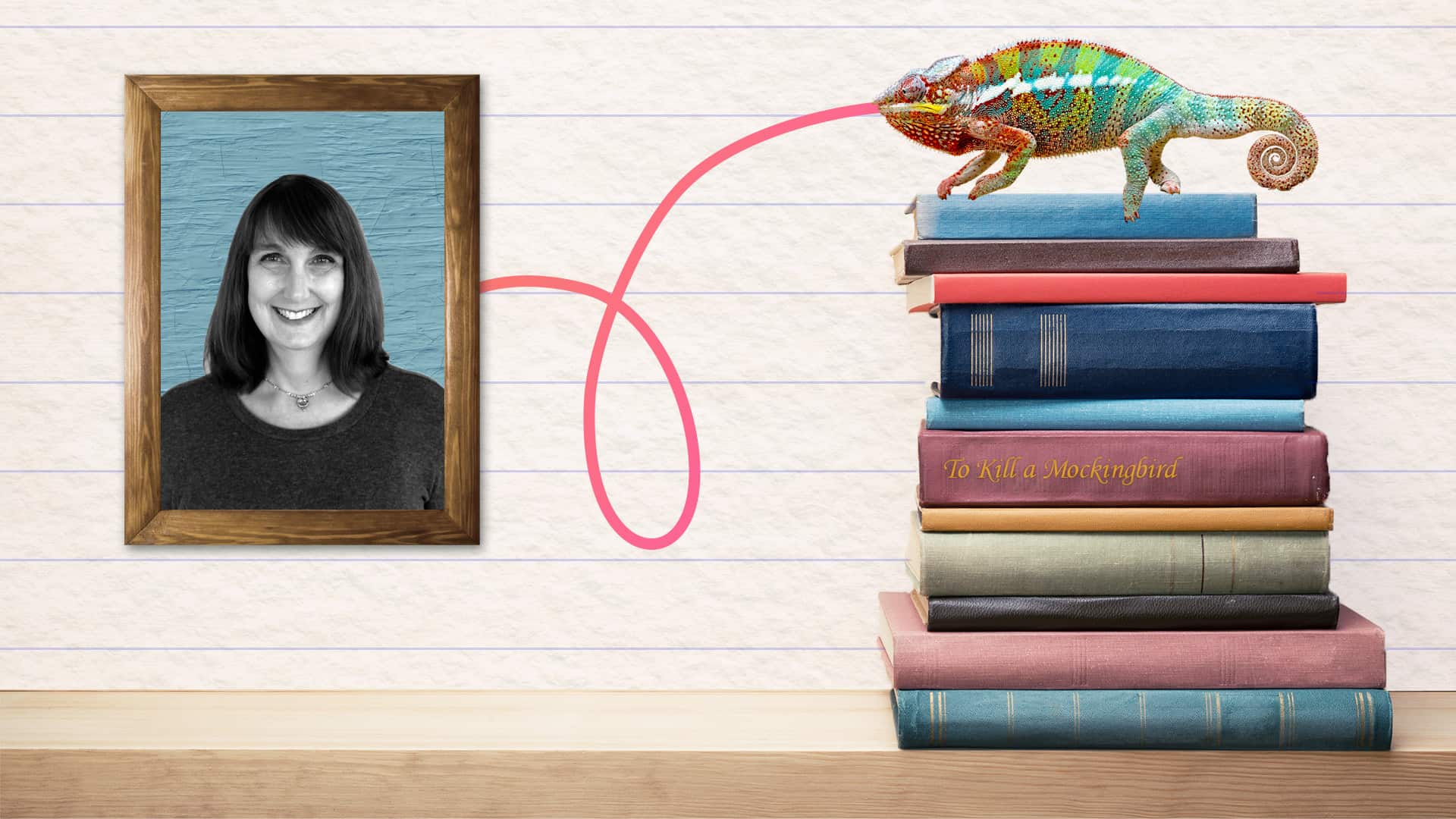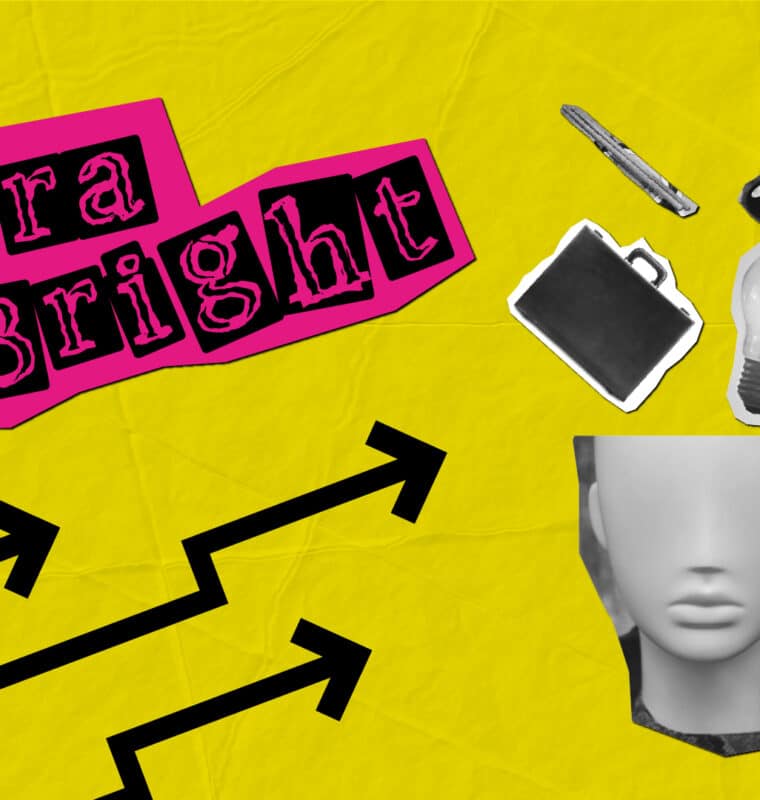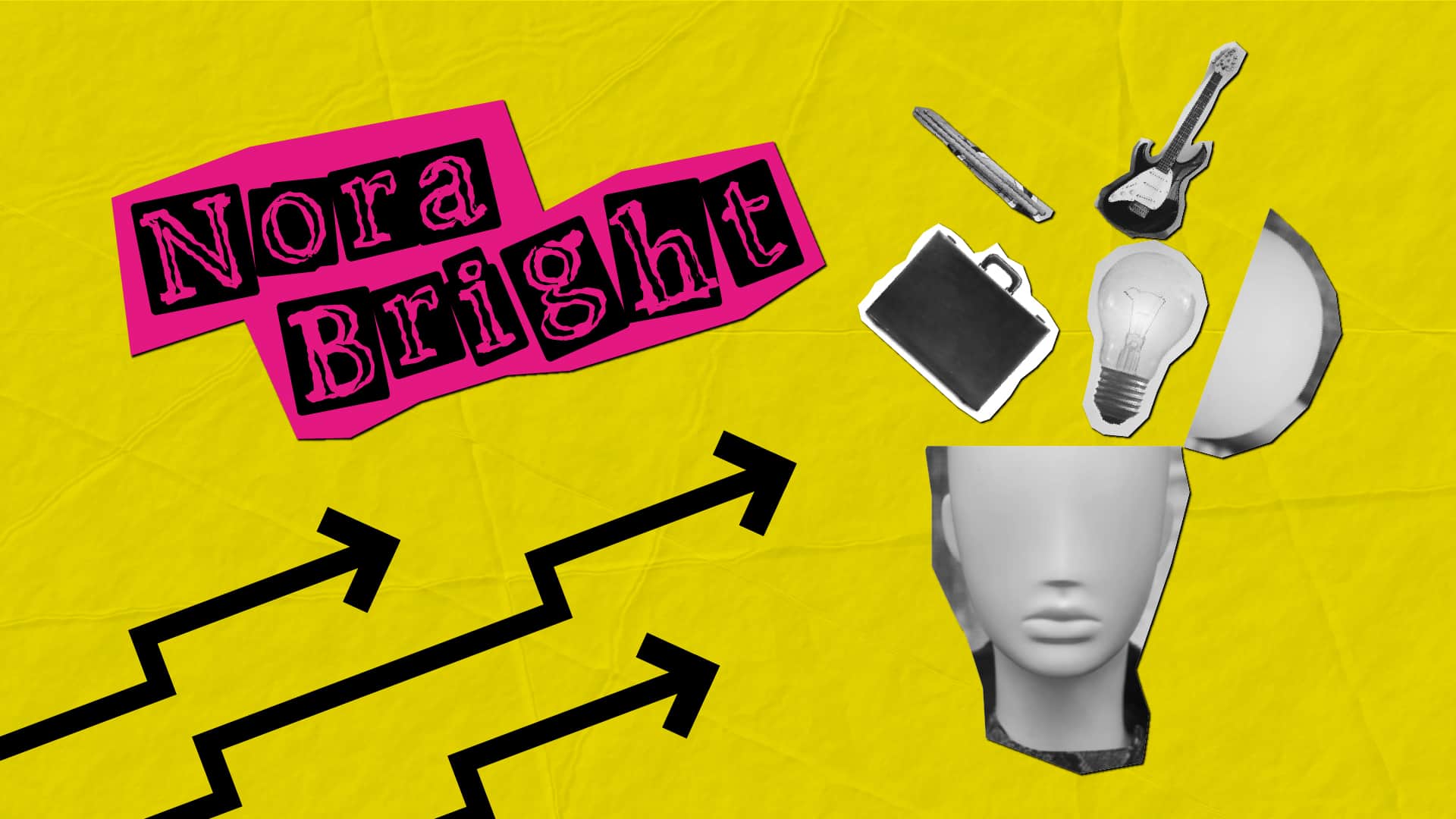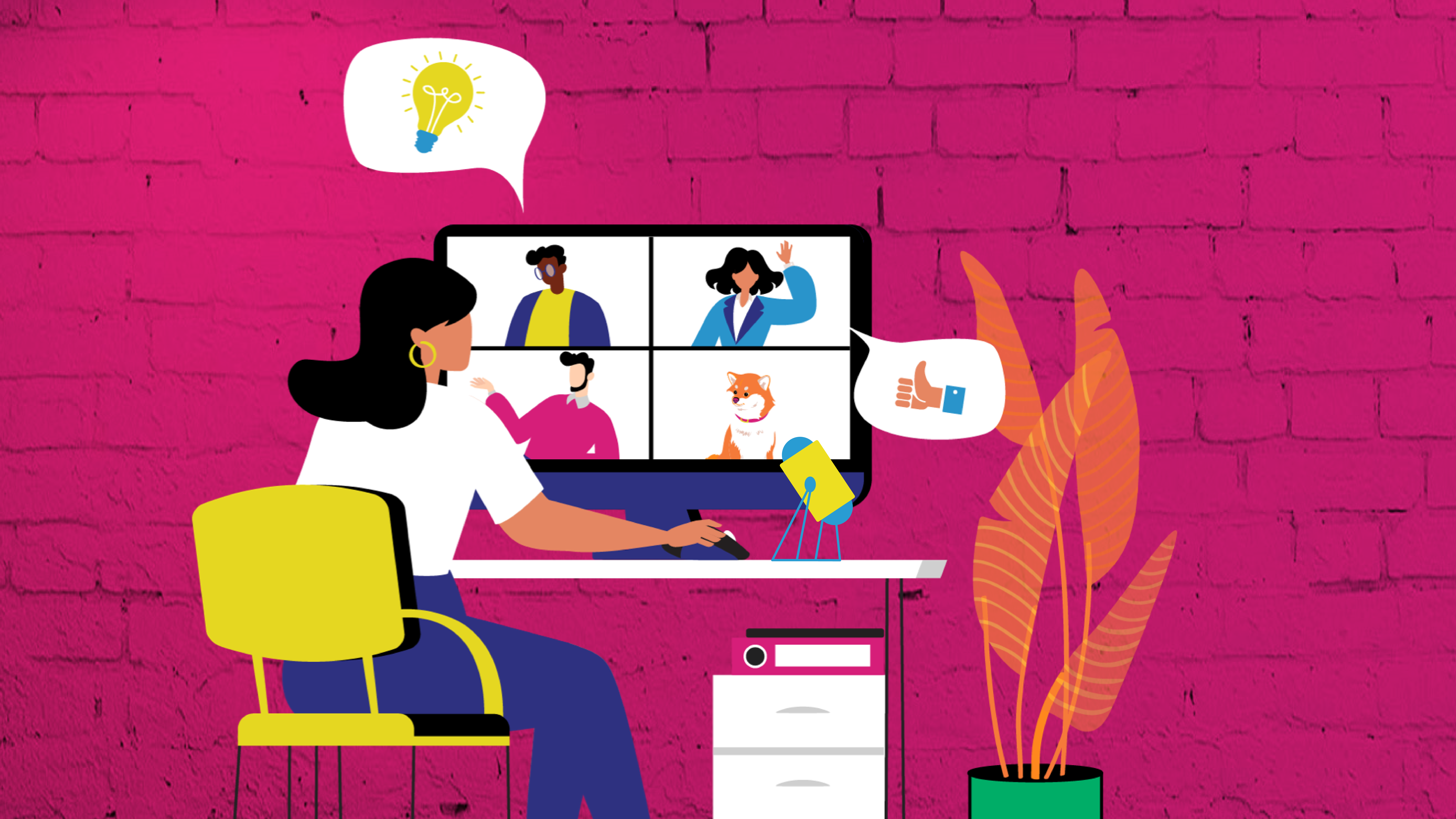
Image by Julianne Medenblik
Just like a hearty meal, the impact of a quality interview will continue to reverberate long after it’s over. Meaty interviews generate answers of substance, which we use to build out all kinds of content—from case studies to solution briefs. For case studies, a meaty interview helps us accelerate the timeline by getting to the heart of the matter in minutes. For testimonial videos, they optimize the impact of a product testimonial video or simply leave clients with the assurance that we’ve truly heard them and are the right folks for the job.
Here are some foolproof methods for conducting an interview (with just about anybody) that will truly stick to the bones:
- Do a double take: Pay closer attention to interviews on the radio or in podcasts that you enjoy. What about these styles of storytelling appeals to you? Is it the conversational tone? The jokes sprinkled between questions? We integrate some of those techniques into our approach.
- Know your story: In our initial client calls we clarify what the story should be, and try to gain a clear sense of the client’s intention for the interview. We listen closely, debrief internally to make sure we’re on the same page, and use this information to guide us as we craft interview questions.
- Strike a balance between questions and conversation: Interviews are not open-ended conversations. They also should not be staid question-and-answer sessions where neither party is really engaged or comfortable. We are intentional about finding a balance.
- Have empathy: Being asked questions in front of a room of people, even virtually, can be nerve-racking. That’s why we devote some time to breaking the ice. We also try not to cut off the speaker if they begin to veer from the topic. (This is the fastest way to get them to clam up!) Once they’ve completed their thought, simply reframe the question to get the answer you’re looking for.
- No, really have empathy: Interviewees don’t always answer the questions we ask. Before jumping in to correct, redirect, or insist, we make sure the answer to our question isn’t hiding somewhere in what they are already shared. This is especially critical in video interviews where the person’s comfort level directly impacts the quality of the asset.
Interviews are ultimately about learning something new and fostering stronger connections with our clients, colleagues, and other participants. This helps us produce the best projects we can, and that’s what 2A is all about!

